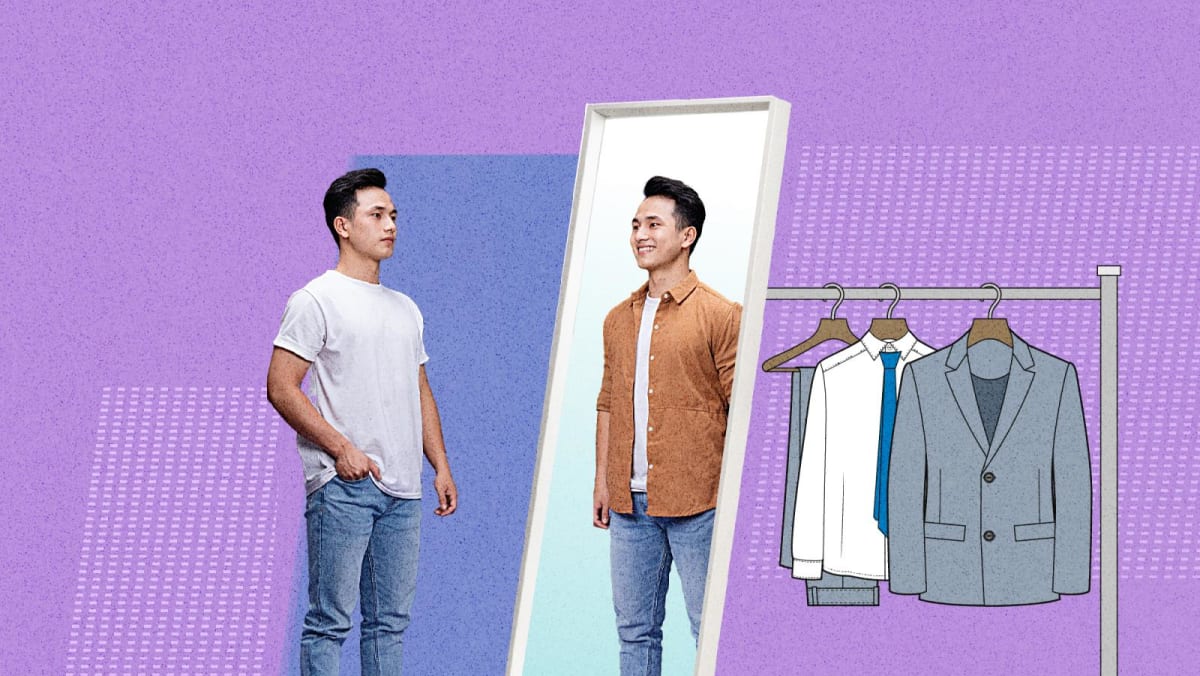NOT JUST WHAT WE WEAR, BUT WHY
Look, I get it. The COVID-19 pandemic rewired everything. We learnt that comfort and productivity weren’t mutually exclusive. You can write strategy decks in a bathing suit as well as you can in a power suit.
But here’s the thing: The erosion of dress codes hasn’t just changed what we wear, it has changed why. It has blurred the signals we once sent without saying a word.
Like it or not, our attire says something about who we are – inside and out.
Take the intern who wears a blazer over a crop top. Or the copywriter in normcore minimalism with an Aesop scent trail. These aren’t just outfits. They’re PowerPoints in cotton. Brand positioning – for people.
With no clear corporate uniform, we’ve entered the age of “vibe-based” dressing.
We no longer dress for the job we want, but for the mood we’re in – “main character energy” now trumps “management-track polish”.
On any given Monday, the odds are pretty much even that someone might show up channelling Kendall Roy from HBO series Succession (often dressed in low-key but still ultra-expensive threads) or Gen Zer Portia from the other HBO show The White Lotus (with her haphazard, out-of-place ensembles).
Instead of official dress codes, we now have aesthetic lanes: “quiet luxury”, “clean girl”, “bloke-core”, “I-don’t-care-but-I-do”.
If the typical office of old looked like a law firm, today’s looks more like a fashion-week reel.
In a way, I’m here for it. But I wonder: Is there still room for dressing to impress?
Not in a Mad Men cosplay way (where the Emmy-winning HBO series showcased fashion in the 1960s), but in a quiet, intentional way.
A crisp shirt, not for the client but for yourself. Trousers with seams, because the day deserves them.
There’s dignity in effort, even in something as trivial as hems.
